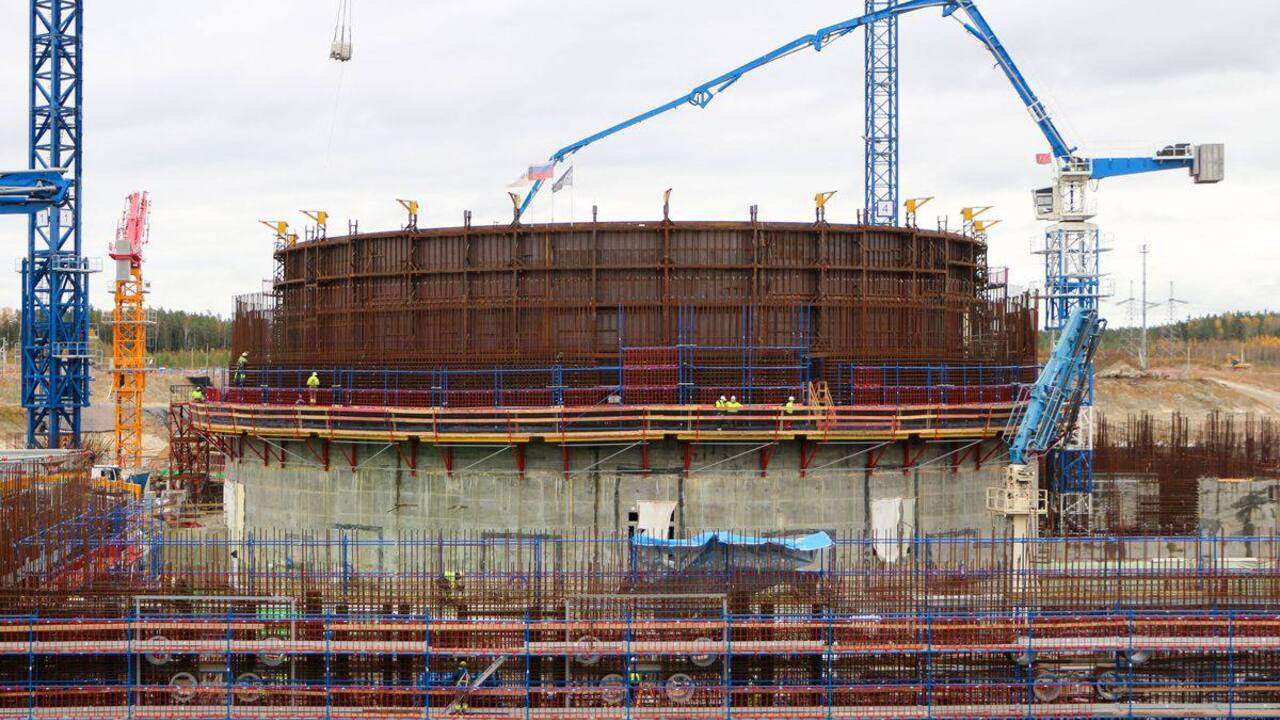An analysis of the bones of platypus dinosaurs by Russian researchers showed that 66 million years ago the territory of Chukotka had a milder climate than previously thought.
Late Cretaceous dinosaur remains were found in the Kakanaut River basin in 2009. Experts from the University of St. Petersburg studied the bones found using paleohistology – they prepared thin sections and studied their structure and structure. This allowed paleontologists to determine how and at what rate bones grew. Contrary to popular belief about inclement weather, the researchers found strong evidence for a relatively mild climate with an average temperature of around 12°C.
In other words, there were no lines in the discovered dinosaur bones, indicating that the growth of the bone stopped at regular intervals, for example, during the southward migrations from the polar night region. Also, no slow-growing bone layers with fewer vessels were found. Also, scientists found dinosaur eggs in the Kakanaut bed. This testifies to their breeding and the impossibility of their migration in the ancient Chukotka lands.
According to scientists, such climatic conditions can be explained by the presence of a warm ocean current near Chukotka 66 million years ago, similar to the modern Gulf Stream.
Source: Ferra
I am a professional journalist and content creator with extensive experience writing for news websites. I currently work as an author at Gadget Onus, where I specialize in covering hot news topics. My written pieces have been published on some of the biggest media outlets around the world, including The Guardian and BBC News.










